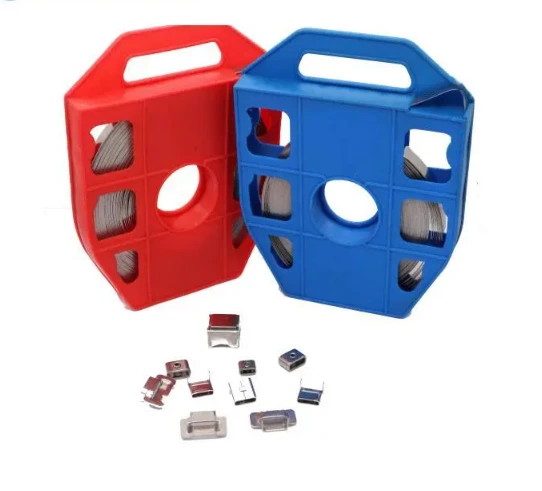Using Waterproof Cable Glands For Outdoor Lighting
stainless steel cable tie Best suited for use in environments where water and debris may pass through the cable opening. These cable fittings form a tight seal that acts as a barrier to water and debris and prevents unnecessary damage to the electronics to which the cable is connected.
metal zip ties When used together, these cable glands perform two critical functions: attaching the cable to the lighting accessory, and sealing the cable opening to prevent the ingress of water and particulates. Waterproof cable fittings must be used when the luminaire is to be used outdoors. Using the wrong cable gland will compromise the IP rating of the fitting and may allow water and particulates to enter the fitting.
The IP rating refers to the resistance of the luminaire to water and other particulates. The higher the rating, the more resistant the luminaire is to water and dust.
When installing the luminaire outdoors, the cable glands must be tightened. Once installed, the cable glands need to be checked regularly. If these show signs of deterioration, they should be replaced immediately.
Avoid using single cable glands if using single or multi-core cables. This will only result in water ingress. If you must use more than one cable when installing a light fixture outdoors, use a junction box instead. This will eliminate the possibility of water and dust seeping in through the cable openings.
However, in addition to using the appropriate type of waterproof cable fittings, property owners should carefully select the appropriate cables. Refer to the light fixture manufacturer's recommendations. Typically, manufacturers recommend using rubber-sheathed 3-core cables. However, for outdoor use, PVC-sheathed cables are preferred due to their high sealing capabilities.
Whenever possible, have a qualified electrician help you install your outdoor light fixtures. Not only will this help you avoid the tedious work of installing fittings on your property or eliminate the guesswork involved, but hiring a professional will also ensure the safety of your home and property. After installation, have an electrician contact you at least once a year to inspect your outdoor lighting fixtures and the cable glands used. If these show signs of deterioration, replace them immediately.

